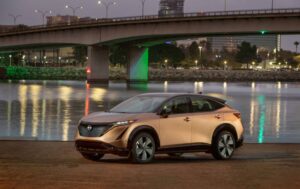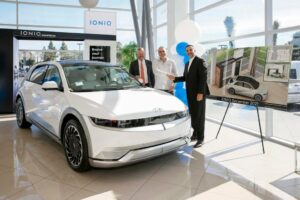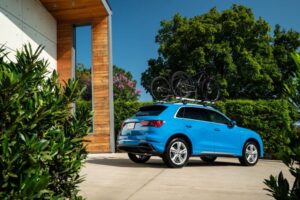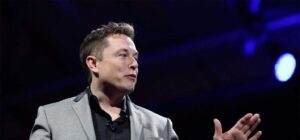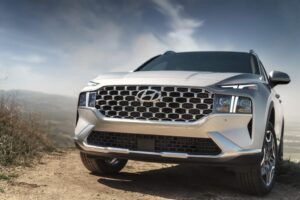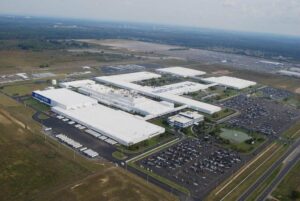If you’re looking for a new battery-electric vehicle and counting on federal tax credits to help make it affordable, you’re going to find far fewer models now qualify for government incentives under new rules that go into effect today.
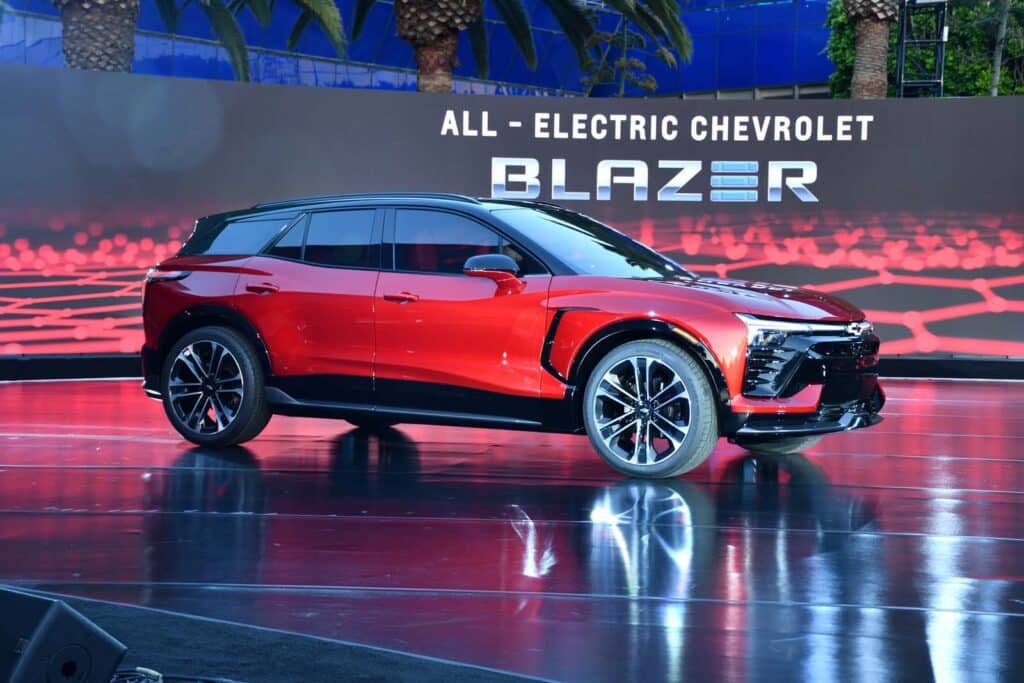
Only a handful — make that two handfuls, 10 in total — fully meet the sourcing requirements established under the Inflation Reduction Act approved by Congress last August. All are American-made. But even then, another seven products from Ford, Stellantis and Tesla now have reduced incentives because they fall short of meeting the full standards. The revised rules cover not only where a vehicle is made but also where its batteries and their raw materials come from.
Even while they have launched dozens of new, all-electric models over the last several years, foreign-owned manufacturers such as Mercedes-Benz, Toyota, Volkswagen and Volvo fell short of the IRA guidelines. That could change over the next several years as they expand or move EV production to the U.S., while also setting up localized battery production.
A mix of optimism and disappointment
José Muñoz, the Vice Chairman of the Hyundai Motor Group, said he was “disappointed” by the new Treasury Department guidelines.
Volkswagen issued a statement saying it was “fairly optimistic” that it may actually be able to carve out a place for a version of the all-electric ID.4 SUV now being assembled in Chattanooga, Tennessee. It is waiting for clarification from a supplier before seeking a review by Treasury officials.
As for the four domestic manufacturers who qualified under the IRA, they are clearly pleased about the potential impact this may have.
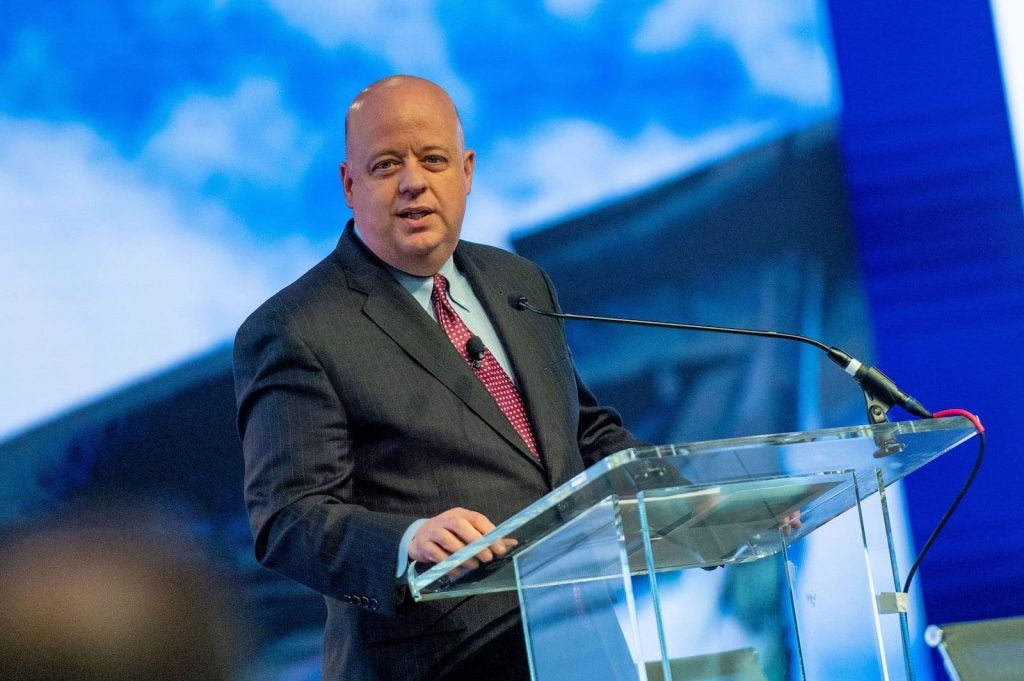
“It causes a multiplier effect in the market,” Paul Jacobson, GM’s chief financial officer, said during a conversation with reporters in New York earlier this month.
GM recently nudged past Ford to become the second best-selling EV brand in the U.S. and hopes to continue gaining momentum as it launches a wave of new models over the next 12 months. The IRA rules, he said, are thus “very consistent with the strategy that we had already adopted.”
What models still qualify
The models that qualify for full $7,500 federal tax credits are:
- Cadillac Lyriq, EV
- Chevrolet Blazer, EV
- Chevrolt Bolt EV
- Chevrolet Equinox EV
- Chevrolet Silverado EV
- Chrysler Pacifica, Plug-In Hybrid
- Ford F-150 Lightning, EV
- Lincoln Aviator Grand Touring, Plug-In Hybrid
- Tesla Model 3, EV
- Tesla Model Y, EV

Nine models that previously qualified for incentives have now lost their tax credits, including the Volkswagen ID.4, the Nissan Leaf and the Genesis Electrified GV70. A handful of others will receive only $3,750 in tax credits going forward. That includes the Ford Mustang Mach-E because its batteries come from Poland, and the base version of the Tesla Model 3 which uses Chinese-made batteries.
Some restrictions apply
Even with those models qualifying for full credits, however, there are a few caveats. First, the incentives may not apply to all versions of the listed vehicles. Under the revised IRA guidelines, a vehicle’s MSRP must by $55,000 or less for passenger vehicles including sedans, coupes and sports cars. That includes the Chevrolet Bolt and Tesla Model 3. The price limit jumps to $80,000 for vehicles qualified as “trucks.” But that still rules out some trim packages. After a recent price hike, for example, the 2023 For F-150 Lightning Platinum ER starts at $96,874 before adding in delivery fees.
Among the 10 models qualifying for full incentives, meanwhile, are three from General Motors not yet available in dealer showrooms. The Chevy Silverado EV is just going into production this quarter but will only be available for fleet customers until late this year. The bow-tie brand plans to begin production of the Blazer and Equinox models later in the year.
Other caveats
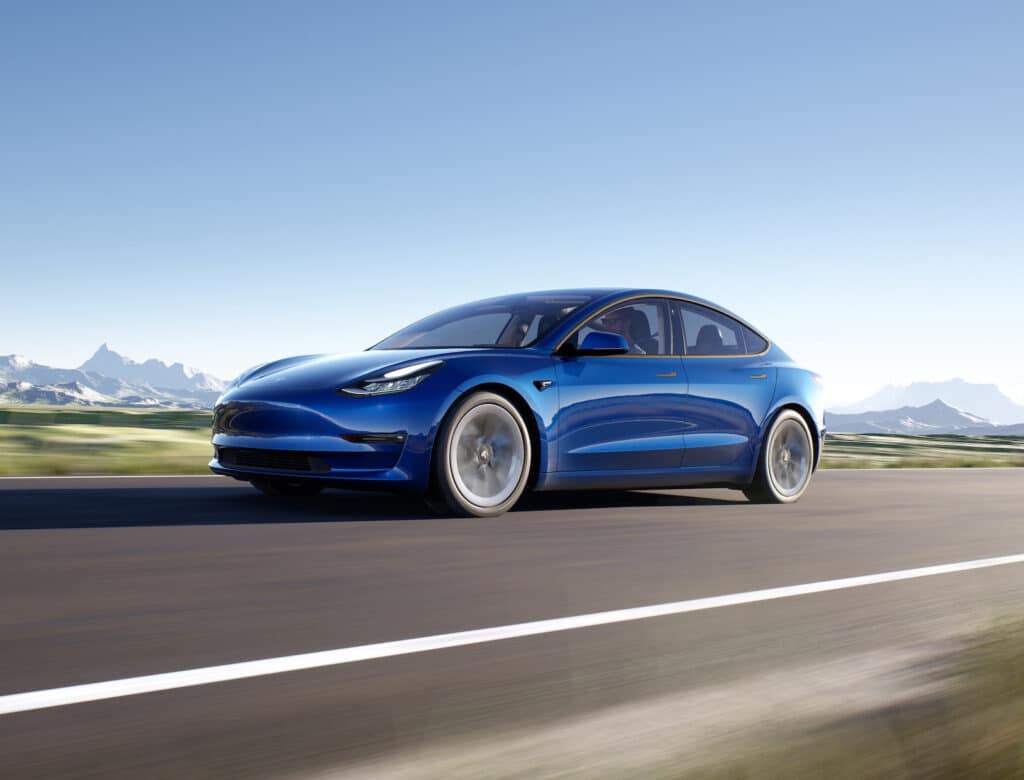
The revised IRA rules come as a big boon for both GM and Tesla, both of which had fallen off the list of brands qualifying for incentives under the old rules. They had both exceeded the prior incentive program’s sales cap of 200,000 EVs per manufacturer.
The new IRA guidelines may have lifted the sales cap but instead has laid out a number of other restrictions, including the MSRP limits, as well as caps on what an EV buyer can earn — no more than $150,000 a year for individuals, or more than $300,000 for couples.
Rules are a boost to U.S. manufacturing
On the manufacturing side, there are three particularly stiff restrictions enacted largely under pressure from Senator Joe Manchin, a West Virginia Democrat who threatened to withhold his critical vote for passage of the IRA.
They require that an EV or plug-in hybrid be produced in the U.S., Canada or Mexico or one of a very few countries with an approved trade agreement. Several nations are pressing to be included in that list, including South Korea and the European Union.
The new guidelines also cover the sourcing of EV batteries, including where key raw materials, such as lithium, cobalt, manganese and nickel, are sourced. Those are tough standards to meet right now. The vast majority of EV batteries are sourced overseas, primarily Asia, as are most of those ingredients.
But proponents contend the rules are having their intended effect. Since the IRA was enacted, foreign-owned manufacturers have announced plans to shift production of a number of EVs to the States. That includes Volkswagen’s all-new, all-electric Scout brand which will be assembled in South Carolina.
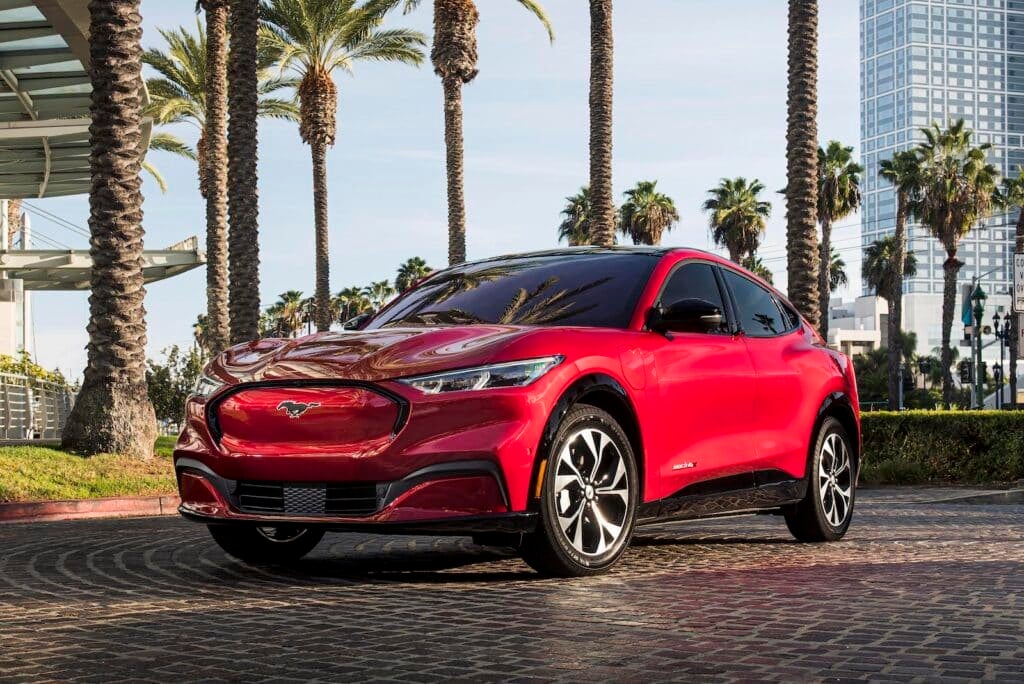
New battery plants set to open
At the end of 2022, the U.S. had capacity to produce just 54 gigawatt-hours of automotive lithium-ion batteries, according to the Department of Energy. That is now expected to jump to 1 terrawatt-hour by 2030, said Sam Abuelsamid, principal auto analyst with Guidehouse Insights. And a study released last month by Bank America Research said 17 new battery plants have been announced just since the passage of the IRA.
Separately, billions of dollars are being invested in developing North American sources for key raw materials. GM alone announced two projects this year totaling nearly $700 million.
Hyundai’s Muñoz said his company aims to speed up plans to start producing EVs at a new plant in Georgia, currently scheduled to begin in 2025, as well as a U.S. battery plant that was to begin operations in 2026.
Critics fear new rules could short-circuit EV sales
While there are now dozens of EVs that no longer qualify for federal tax credits, the impact might be less than first seems from a potential buyer’s perspective, as the 10 models that retain full credits accounted for two-thirds of the all-electric vehicles sold in 2022. But this could make it more difficult for new entries from foreign-owned brands to gain traction in a growing EV market.
In 2019, battery-electric vehicles accounted for less than 1% of all U.S. new vehicle sales. That jumped to 5% in 2022 and hit 8.5% in February, according to J.D. Power data. By general consensus, the segment is set to reach 20% by 2025 and the Biden administration’s new emissions rules aim for about 60% in eight years. But some analysts and EV proponents worry that the revised incentive guidelines could short-circuit the growth of EV demand.
- SEO Powered Content & PR Distribution. Get Amplified Today.
- Platoblockchain. Web3 Metaverse Intelligence. Knowledge Amplified. Access Here.
- Minting the Future w Adryenn Ashley. Access Here.
- Source: https://www.thedetroitbureau.com/2023/04/buying-an-ev-only-a-handful-now-qualify-for-u-s-tax-credits-all-are-american/
- :has
- :is
- $3
- $UP
- 000
- 1
- 10
- 12 months
- 2019
- 2022
- 2023
- 2024
- 8
- a
- Able
- About
- According
- Act
- actually
- adopted
- affordable
- After
- Agreement
- aims
- All
- all-electric
- all-electric vehicles
- alone
- already
- america
- American
- analyst
- Analysts
- and
- announced
- Another
- Apply
- approved
- ARE
- AS
- asia
- assembled
- At
- AUGUST
- auto
- automotive
- available
- Bank
- base
- batteries
- battery
- battery production
- BE
- because
- become
- been
- before
- begin
- being
- biden
- Big
- billions
- Bolt
- boost
- brand
- brands
- Buying
- by
- CAN
- Canada
- cap
- Capacity
- caps
- cars
- Cause
- causes
- cfo
- chairman
- change
- Chevrolet
- chevrolet bolt
- chief
- Chief Financial
- chief financial officer
- clearly
- come
- company
- Congress
- Consensus
- consistent
- continue
- Conversation
- could
- countries
- cover
- credit
- Credits
- critical
- Currently
- Customers
- data
- dealer
- delivery
- Demand
- Democrat
- Department
- Department of Energy
- developing
- difficult
- disappointment
- dollars
- Domestic
- dozens
- during
- Earlier
- earn
- effect
- Electric
- Emissions
- energy
- established
- European
- european union
- EV
- EV batteries
- Even
- example
- Expand
- expected
- expressed
- Fall
- Fallen
- fear
- February
- Federal
- Fees
- few
- financial
- Find
- First
- FLEET
- For
- Ford
- Forward
- four
- from
- front
- full
- fully
- Gain
- gaining
- General
- General Motors
- Genesis
- GM
- Go
- going
- Government
- Group
- Growing
- Growth
- guidelines
- Half
- handful
- Have
- having
- he
- help
- Hike
- Hit
- hopes
- However
- HTTPS
- Hybrid
- Hyundai
- ID
- Impact
- in
- Incentive
- Incentives
- included
- includes
- Including
- individuals
- inflation
- insights
- instead
- invested
- IRA
- Issued
- IT
- ITS
- J.D. Power
- jpg
- jump
- jumps
- Key
- korea
- largely
- Last
- Late
- launched
- launches
- Lifted
- lightning
- LIMIT
- limits
- List
- Listed
- lithium
- longer
- looking
- made
- Majority
- make
- Manufacturer
- Manufacturers
- manufacturing
- Market
- materials
- max-width
- May..
- Meanwhile
- Meet
- meeting
- Mexico
- might
- million
- model
- models
- Momentum
- Month
- months
- more
- most
- Motor
- Motors
- move
- Nations
- nearly
- New
- New York
- next
- Nickel
- Nissan
- North
- number
- of
- Officer
- Old
- on
- ONE
- Operations
- Optimism
- Options
- Other
- Others
- over
- overseas
- packages
- particularly
- past
- Paul
- perspective
- Place
- plans
- plants
- platinum
- plato
- Plato Data Intelligence
- PlatoData
- pleased
- Poland
- potential
- power
- pressure
- previously
- price
- primarily
- Principal
- Prior
- produce
- Produced
- Production
- Products
- projects
- qualified
- qualify
- qualifying
- Quarter
- Raw
- reach
- receive
- recent
- recently
- Reduced
- released
- require
- Requirements
- research
- restrictions
- retain
- review
- rules
- s
- Said
- sales
- Sam
- scheduled
- Second
- sedans
- seeking
- seems
- segment
- Senator
- set
- setting
- seven
- several
- shift
- Short
- since
- sold
- some
- Sources
- Sourcing
- South
- South Korea
- speed
- Sports
- standards
- starts
- Statement
- States
- Still
- Strategy
- Study
- such
- tax
- tax credit
- Tesla
- that
- The
- their
- this year
- three
- to
- today
- Total
- touring
- toyota
- traction
- trade
- treasury
- Treasury Department
- two-thirds
- u.s.
- under
- union
- Vast
- vehicle
- Vehicles
- version
- Vice Chairman
- virginia
- volkswagen
- volvo
- Vote
- Waiting
- Wave
- WELL
- West
- West Virginia
- What
- which
- while
- WHO
- will
- with
- year
- years
- zephyrnet


